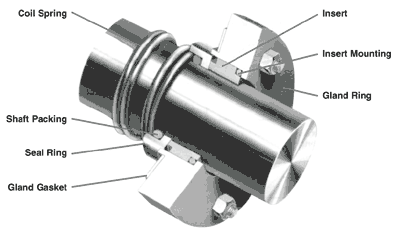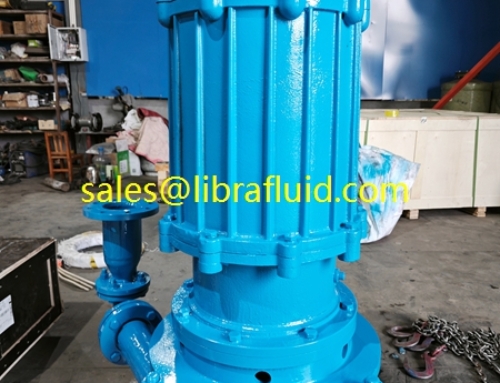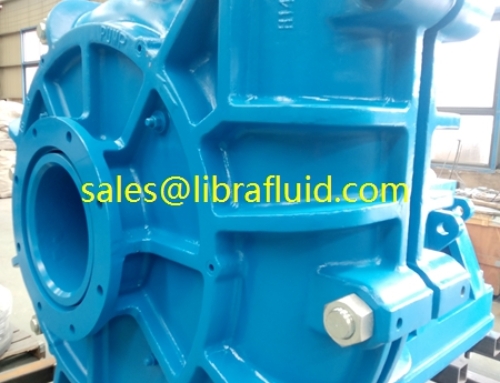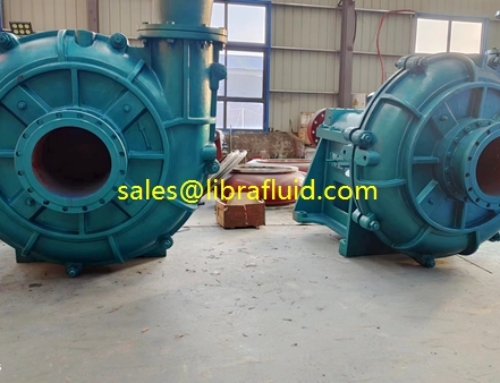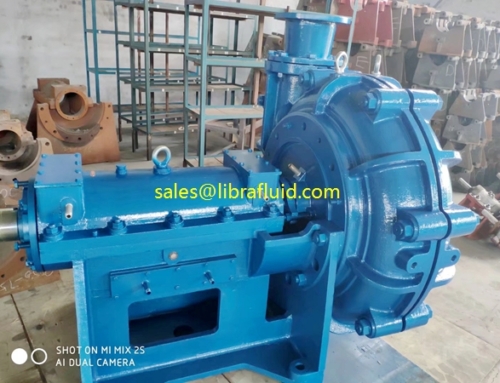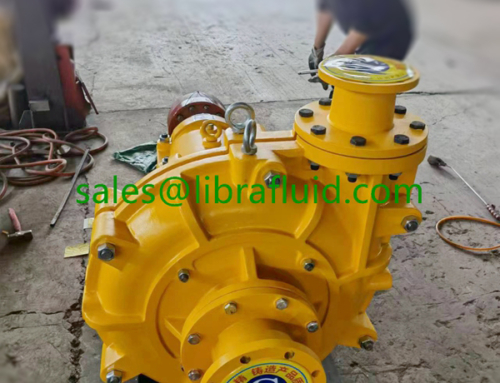Slurry pump mechanical seal leakage failure is a common problem, but it also has advantages to other types of shaft seal, such as: small amount of leakage, low energy consumption, long working life.
With slurry pumps mechanical seal technology improved continuously, high reliability, improved users experience and confidence in coal washing, power, metallurgy mineral processing, its application in slurry pump continue to be promoted.
Due to the presence of abrasive slurry particles, it will lead to mechanical seal leakage because of erosion corrosion. The follow 5 performance you may know for this
1. Increased seal face wear.
2. Medium side particle clogging.
3. Atmosphere side particle clogging.
4. Seal spare abrasion
5. Transmission components wear.
And now we will talk about why these happened
Dynamic and static ring may damaged when installation or uneven spring force will lead to mechanical seal failure.
Slurry pump mechanical seal failure analysis:
After slurry pump mechanical seal installation is completed, its need to do hydrostatic test to observed leakage.
If the leakage is smaller, it may static ring or rotating ring problem
If large leakage happened, there should be a friction problem between static ring and rotating ring
Preliminary observation leakage site and then manual turning and observe, if no significant changes in the leakage amount then its the problem of static and dynamic ring seal
If there is a significant change of leakage, then it should be the friction problem between static ring and rotating ring
If leak along the jet axis, its mostly ring seal problems
If leak surrounding spray or from the cooling holes, then mostly be static ring seal failure.
In addition, leak paths may also exist, but in general there are differences between primary and secondary, as long as careful observation, familiar with the structure, we will be able to judge correctly.

